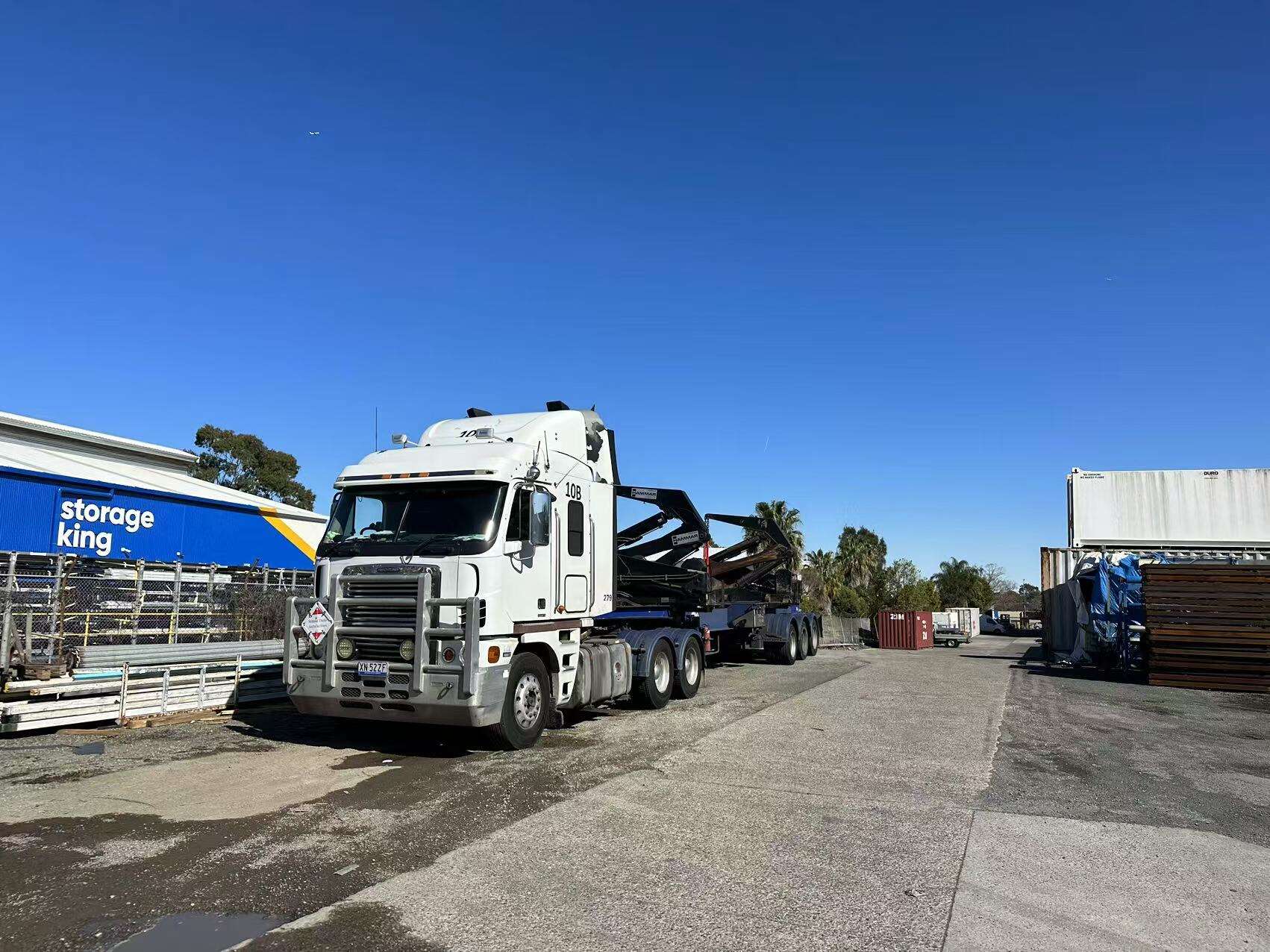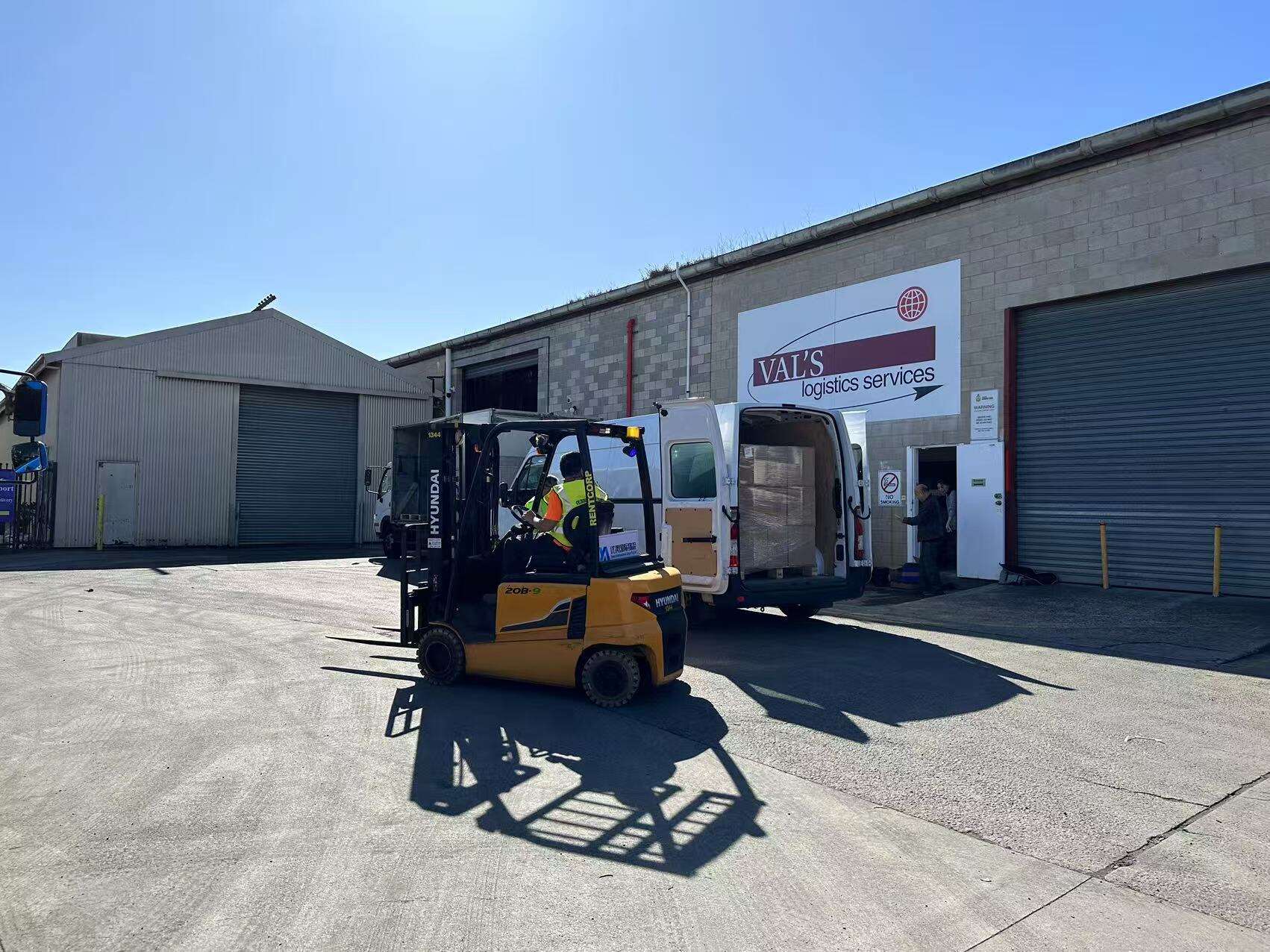Understanding Air Freight Challenges Between China and Australia
Current Trends in Air Freight Volume and Capacity
Air cargo volume between China and Australia has experienced dramatic fluctuations in recent, especially due to the growing export demand for electronic products. Such high demand has played its part in fuelling the movement of ever more loads of freight, as makers flood to satisfy worldwide consumer demand. These developments are in line with what we are seeing in the air freight industry, where demand has increased, but capacity has not. This discrepancy can be explained by a decrease in the number of flights after COVID-19 and reveals the need for alternative capacity provisions.
The industry's reports and figures suggest that airfreight capacity has tightened markedly in the wake of the pandemic, with numerous cargo agencies reminding that the demand-supply situation on vital routes is tilted towards demand. As a result, this situation is leading to delays and difficulties for the logistics chain with specific reference to freight forwarding. Under such scenarios, it becomes imperative professionally for transportation companies and their clients to explore new routes or modes for dispatches to facilitate delivery on time. The current case demonstrates the need of planning and mutual cooperation of all players involved in the goods transport.
Impact of Geopolitical Tensions on Trade Routes
Geopolitical tensions are making a big mark in trade routes and air freight logistics that connect the country to China. Trade disputes and a rise in tariffs have resulted in less effective shipping, noted the trade analysts. The resulting frostiness in relations between the two countries has led to a reduced efficiency for shipping goods between them, a trend that becomes increasingly worrying in global trade logistics. Interestingly, there have been cases of dhl international shipping that are less efficient because of such geopolitical effects.
When countries have tense political relationships with each other, they not only drive up shipping fees but they also increase delivery times. The influence on logistics is causing a ripple effect on businesses that depend on efficient and timely supply chain management. When planning supply chain decisions such as shipping from China to Australia, companies need to take into account such geopolitical effects. Understanding these dynamics enables to companies to operate more efficiently in the international market and lower their exposure to risk. Awareness and flexibility such as this is also all that more important as geopolitical turmoil increasingly shapes trade flows on a global basis.
Major Air Freight Challenges in China-Australia Logistics
Capacity Constraints and Seasonal Demand Fluctuations
There are obvious capacity constraints for China-Australia airfreight logistics, especially in the peak season such as the Chinese Spring Festival. This period has seen spikes in demand of over 20% according to logistics companies, further straining operations. Those spikes can cause potential backlogs – and that’s why businesses need to understand what seasons are more important based on your retail products and how you need to be adjusting your logistics activities. Industry reports' statistical figures indicate that in these variations there must be a reactive planning in capacity management to keep the supply chain operations flowing and ongoing.
Customs Delays and Regulatory Compliance Hurdles
Trade barriers & customs regulations between China-Australia can create problems resulting in longer delivery times and unreliability. Holding of consignments due to incorrect documentation has been a bane for logistics companies, going by proofs provided to this scribe. Custom procedures vary and it is important to have complete knowledge and understanding of these in order to prevent any matters arising concerning regulatory compliance. When it comes to businesses, it is crucial for them to invest in thorough knowledge of these processes, lest they faces delays and glitches in day-to-day activities. There are also regulatory barriers that often require companies to invest in training or hiring professionals to guide them through these complex international protocols.
Rising Fuel Costs and Volatile Freight Rates
The direct effects of fluctuating fuel prices on shipping costs further contribute to the financial uncertainty for shippers and carriers. Fuel may contribute 30 percent of the operating costs in freight shipping! This means that logistics companies need to be able to adjust rates accordingly. These costs should be taken into account when freight forwarders fix their rates so that they remain both competitive and profitable. This instability pushes firms to develop company-wide strategies and possibly exploit fuel-saving technologies if they are to retain an economic advantage in an intense market environment.
Proven Solutions for China-Australia Air Freight Hurdles
Strategic Partnerships with Freight Forwarding Experts
Finding partners that have armies of seasoned experts in freight forwarding is key to solving the shipping dilemma between China and Australia. Partnering with logistics-specialized industry experts can shed light on efficient shipping routes and reduce overall costs to send freight. It has been reported that companies collaborating on logistics with freight-forwarders, decrease shipping expenditure as much by 15%, which clearly reflects the profitable value of working with experts in in this area. These alliances enhance operational efficiencies and relieve the burden of regulatory adherence, thus helping the logistics function to function flawlessly and with more efficacy.
Optimizing Packaging to Reduce Volumetric Weight Costs
Creating efficient packaging is an important concept for reducing high charges due to volumetric weight in air cargo logistics. A combination of efficient packaging methods can reduce these costs substantially, and a factor of determining a freight rate is the volume occupied the cargo. Studies from industrial engineering programs indicate companies who employ optimized packaging strategies can achieve 10% overall savings versus traditional approaches. The ability to comprehend DIM weight pricing allows businesses to adjust packaging operations in favor of cost reduction initiatives, and gain an advantage in their ability to control costs in warehouse management.
Leveraging DHL International Shipping for Urgent Deliveries
When it comes to express shipping to Australia and New Zealand, DHL Express has it covered. Utilizing established carriers such as DHL speeds shipping but also improves customer service by ensuring delivery times frame. DHL's innovative service model ensures that business processes are simplified, reliable and that shipping alternatives are effective. Some statistics show businesses that utilise DHL for express deliveries have delivery times that are 20% faster than standard carriers, testament to its suitability for time-critical logistics operations.
Integrating DHL International Shipping into logistics plans not only expedites shipments but also assures reliability, a key factor for maintaining customer loyalty and optimizing supply chain performance.
Technology and Sustainability in Modern Air Freight
Digital Tools for Real-Time Cargo Tracking
With real-time cargo tracking enabled by digital solutions, the logistics visibility is enhanced significantly. These enable businesses by giving them real time reporting of cargo status, streamline work processes, and increase the transparency for their customers. In fact, it is said report by those using the tracking solutions that they see more than 25% decline in lost order cases, showing true worth of digital tracking technology. Furthermore, the real-time monitoring also helps in better decision-making, which will enhance the logistics process, and minimize any inefficiency in the supply chain.
As the global 552 freight shipping industry continues to advance, the implementation of these sophisticated digital systems are essential to remain competitive. id=89 For Logistics that operate The added visibility into logistics that these kinds of tools yield is valuable not just for internal operations, but also in maintaining relationships with customers who are given clear, actionable tracking information.
Adopting Sustainable Aviation Fuels (SAF) Initiatives
Switching to SAF offers a substantial chance for the air cargo sector to lower its carbon emissions.” According to research, SAF programmes can reduce greenhouse gas emissions by up to 80% and play a significant role in achieving global environmental targets. This change is not only meeting the overwhelming demand for sustainability but it’s also boosting the image of logistics firms as they prove a willingness to be more environmentally friendly.
Beyond being good for the planet, investing in SAF also corresponds to what an environmentally friendly clientele expects. With climate change making headlines, consumers and businesses are looking for services that are more sustainable. Businesses in the freight sector that transition to SAF will have a better brand image and will be able to tap into this customer base to gain competitive edge. By adopting SAF logistics companies can lead the way in transforming sustainability within air freight.
Best Practices for Efficient Cross-Border Air Freight
Navigating Shipping from China to Australia: Air vs Courier
When delivering from China to Australia the question of whether to air freight or post via courier will depend to a degree on how urgent and how large the item is. Air shipping when more appropriate for the larger volume has great benefits for bulk transport requirements. Comparitive analysis has consistently shown that air freight offers lower and constantly decreasing per unit costs on larger shipments, especially for heavier, bulkier and larger shipments in comparison to delivery by courier, thus a cost-effective choice for importation and transport logistic companies. This financial aspect can be critical to companies that will optimize them to supply chain decisions and strengthen economic efficiencies.
Also, knowing the differences of each shipping method better supports decision making. While short run deliveries may be better suited to couriers, as a result of faster delivery times and increased flexibility, for larger more defined shipments there really is no better method of transportation than air freight. It is carefully considering these options that can result in better shipment strategies that reflect an organization’s logistical objectives and, in turn, their supply chain’s ability to run smoothly and efficiently.
Pre-Shipment Inspection Protocols for Damage Prevention
Strict pre-shipment inspection process of package is essential in decreasing the damage rate! These thorough inspection procedures are proven to lead to far fewer reports of cargo damage up to 30% fewer, according to the numbers. This preventative measure not only reduces the possibility of damaged goods but ultimately improves the overall reliability of each shipment, as products are adequately secured and in peak condition throughout the trip.
These inspection regimens provide an important cross-check to catch potential weaknesses in molding, packaging or handling that could result in damage. Becoming aware of and addressing these sooner rather than later can save organizations millions of dollars in disruption, as well as maintain a high level of trust with their customers. In addition, having well established protocols like these ones makes the shipping process more reliable and more consistent, which results in higher client satisfaction and a greater longevity in business in a competitive market.




